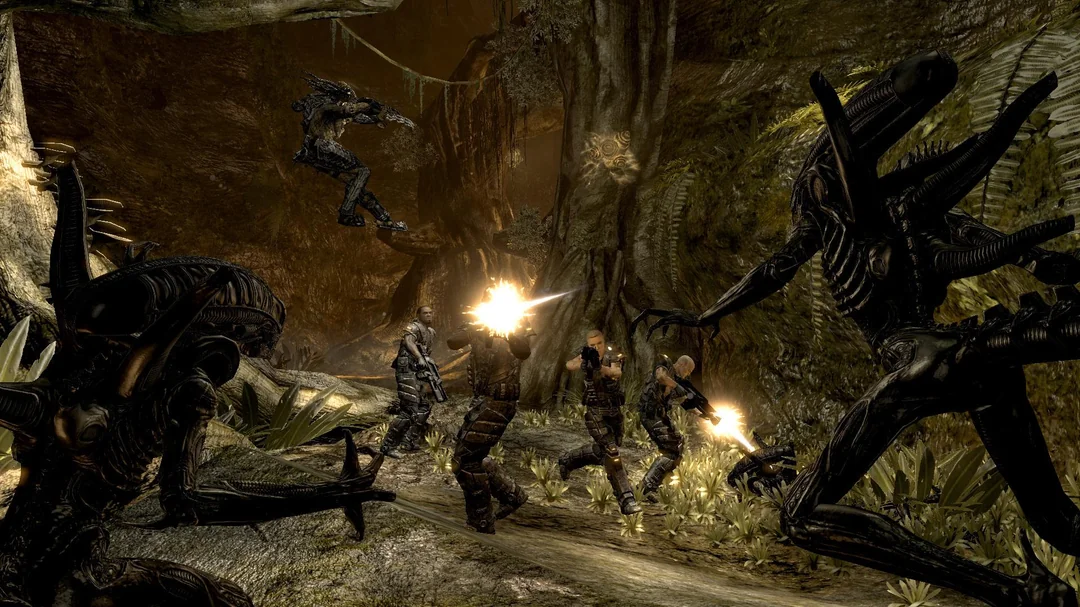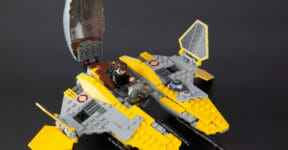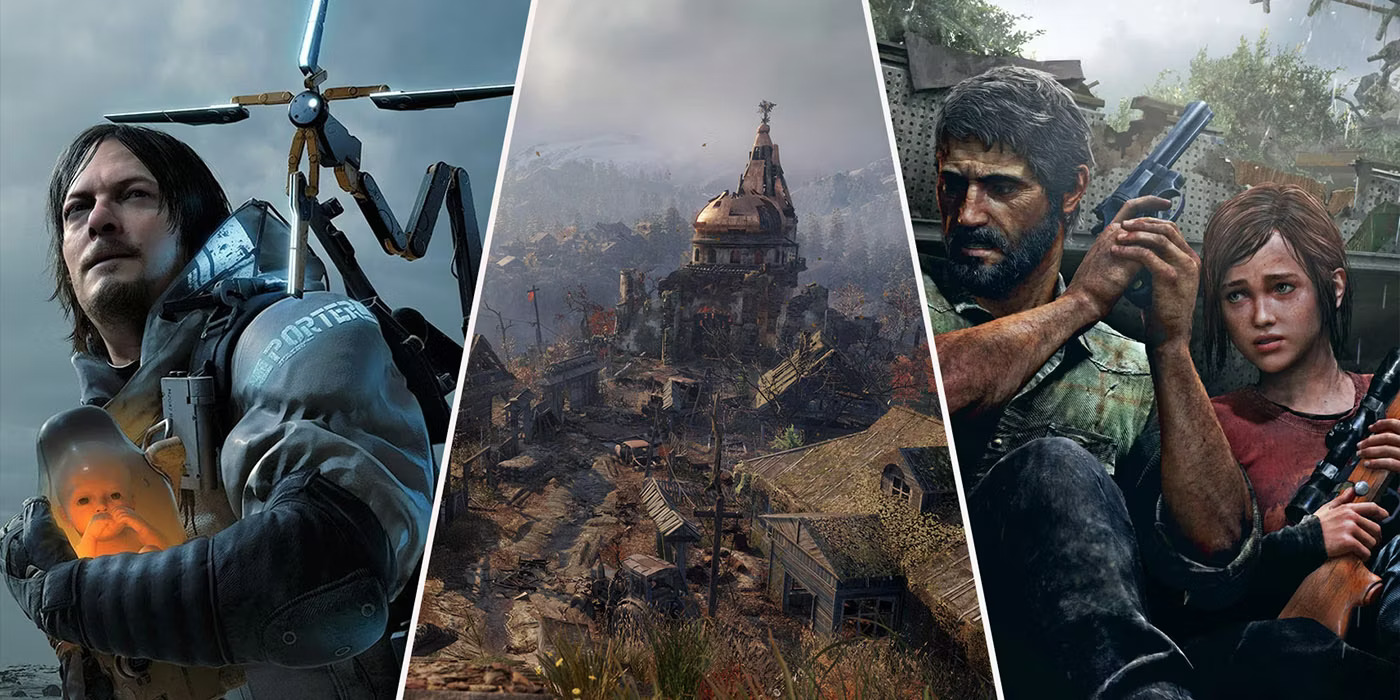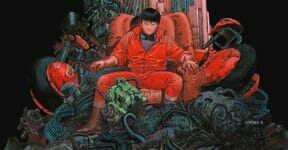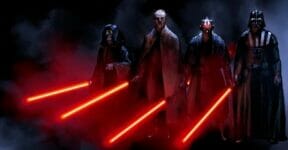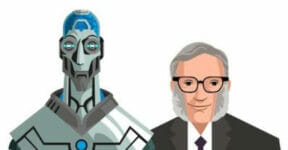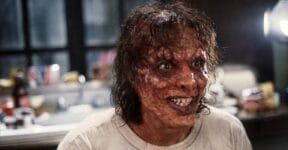The blended genre of science fiction and horror is fascinating for one significant reason: fear of the unknown, or more precisely invoking our curiosity to explore and uncover mysteries no matter where the end-result takes us. Sometimes, it gives us a great relief when the good people come out victorious at the end; other times, the villains triumph and the mystery continues. In this article, we will take a deeper looker and the evolution of sci-fi horror art, from alien landscape to monstrous visions.
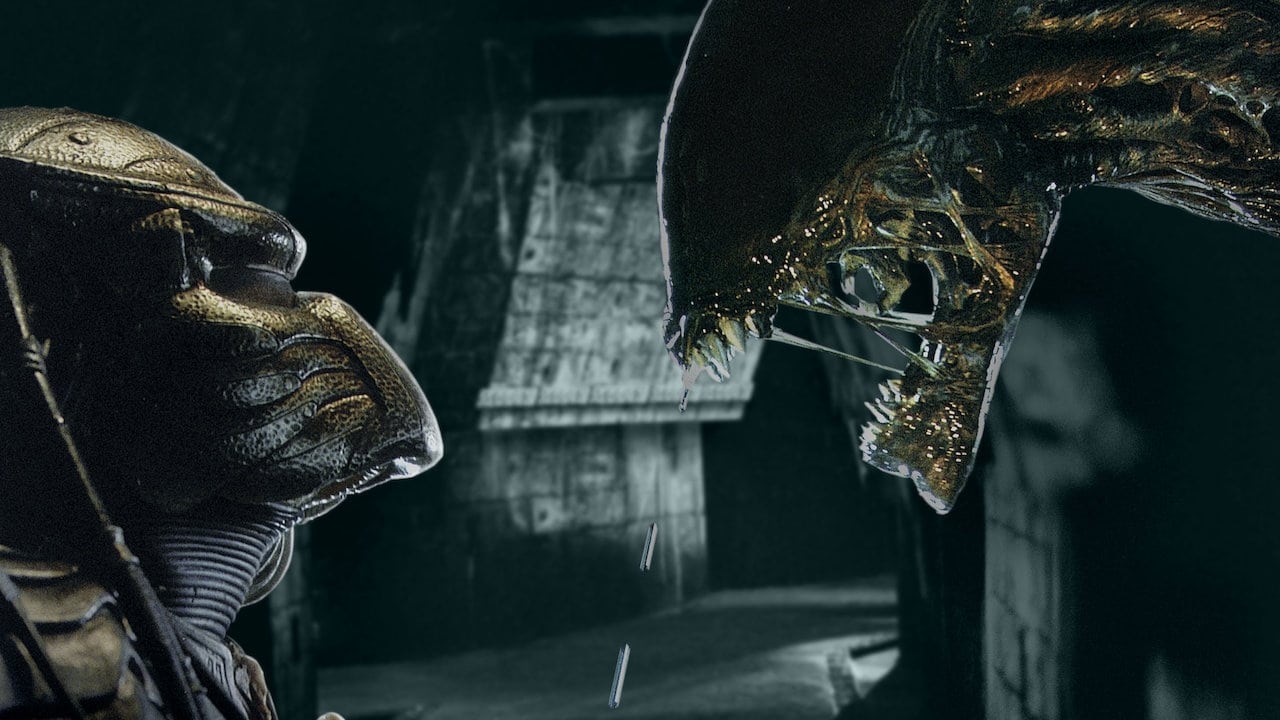
But one thing is certain: fear makes horror.
- In horror fiction, the traditional source of terror is supernatural like witches, ghosts, demons, and mythical creatures to name a few. You’ve probably watched several horror films revolving around the ideas of serial killers and body horror of some sort.
- For science fiction, the terrors can come from technological phenomena, mad scientists, experiments gone wrong, extraterrestrial species, genetic mutations, zombies, and so on. The “science” in sci-fi is most likely futuristic, featuring hypothetical discoveries that bring about significant advantages to society, but behind the improved quality of life, there’s always a catch.
Since the 1800s, sci-fi horror art (we use the term “art” in the least strict fashion here to include mostly films) has been persistently trying to make the best of the combination to stir up your mind.
Among the finest examples of sci-fi horror premise is outer space. Starting in the 1950s, a lot of films categorized under the subgenre were set in space, simply because it’s been the most convenient environment filled with atmospheres of the unknown. Back then, space was practically unexplored, and we easily assumed that everything could happen beyond the comfort of our home planet. Space is dark, forbidding, abysmal, freezing, unbearably hot, quiet, and eerie.
While space exploration itself is no longer a mere fantasy, filmmakers can do a lot of things to introduce speculative fiction in it, such as interstellar travel, going through black holes and come out alright on the other side, habitable planets, and of course, encounters with mysterious aliens. Believe it or not, it’s unbelievably easy to think of space as the alien landscape. Let us not forget that space is dark, allowing the horror to intensify with little effort. You’re isolated in space – no matter how massive your spaceship is, you’re still millions of miles away from the closest civilization. And being isolated is a lot of psychological horror, because it makes the characters feel vulnerable, and sometimes, helpless. In sci-fi horror art, space is the equivalent of a haunted house in a remote mountain or a lone cabin in the middle of nowhere.
Space is the perfect, practical blend of science fiction and horror in one go. Over the decades, outer space remains the staple of sci-fi horror. You had “It Came from Outer Space” in 1953; “Alien” in 1979; and the TV adaptation of George R. R. Martin’s Nightflyers in 2018. In between all those years, you’ll be able to find a dozen or more sci-fi horror films set in space as well.
Apart from the scary yet “naturally existing” aliens, sci-fi horror is also full of monsters as byproducts of experiments gone wrong. One of the first movies that comes to mind is “The Fly” (1958). It’s a story of a peculiar scientist trying to invent some kind of matter-transporter device but ending up creating an abomination as a human-fly hybrid. You also remember “Species” (1995), filled with a blend of alien invasion ideas and a poorly executed experiment; before long, the scientist created a hybrid organism and put humanity at a risk of complete annihilation.
Here’s the thing about sci-fi horror: after about a century of innovations in narrative styles, the amount of the remaining area you have for exploration shrinks to a point where plenty of the newer stuff are remixes and remakes. All those inventive, groundbreaking narratives created over the last 100 years have become pretty much generic today. And coming up with something new keeps getting harder when you’re limited by the genre’s traditional conventions. From the industry’s perspective, it is practical to share stories that were profitable rather than starting from scratch.
We think, with sci-fi horror art, especially films, rely on your own perspective toward what’s believable or cool. Creating a new style of storytelling, unique premises, or anything outside the conventional paradigm of the genre isn’t always worth the risk. It’s no surprise that many artists and filmmakers still come up with similar ideas from the bygone decades. There’s no other way to say it: most sci-fi arts are simply based on other sci-fi arts. But the evolution doesn’t stop at Ridley Scott’s Alien, John McTiernan’s Predator, or David Cronenberg’s Crimes of the Future. One of the latest additions to the sci-fi horror genre is AI revolution, in which supercomputers basically revolt against humans. James Cameron’s The Terminator is a prime example of it; and this, too, has been explored to exhaustion that the idea looks generic today.
Can you name some truly unique sci-fi horror art from modern days? What do you think is the most iconic sci-fi horror art ever? We’d love to hear from you.
Other Things You Might Want to Know
How many Alien and Predator crossover films do we have today?
There are currently two, including Alien vs. Predator (2004) and Aliens vs. Predator: Requiem (2007).
Apart from the original Predator film, what other films were directed by John McTiernan?
| Title | Year |
| Nomads | 1986 |
| Die Hard | 1988 |
| The Hunt for Red October | 1990 |
| Medicine Man | 1992 |
| Last Action Hero | 1993 |
| Die Hard with a Vengeance | 1995 |
| The Thomas Crown Affair | 1999 |
| The 13th Warrior | |
| Rollerball | 2002 |
| Basic | 2003 |
Recommended sci-fi horror comics:
- Plunge (2020)
- Revival (2012)
- Caliban (2015)
- The Wake (2014)
- Spread (2015)
- The Disciples (2016)
- Nameless (2016)
Check out other articles by month:

